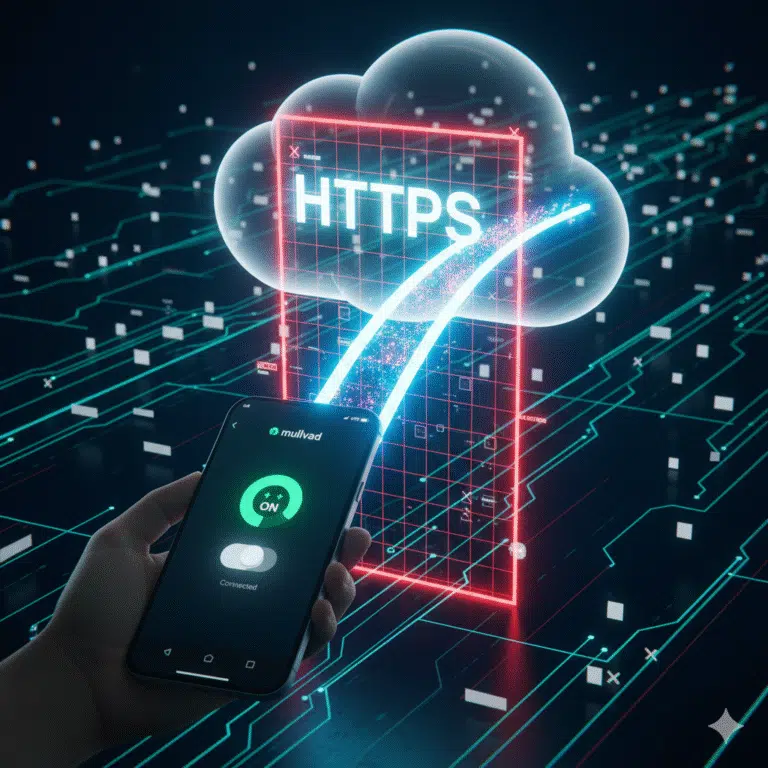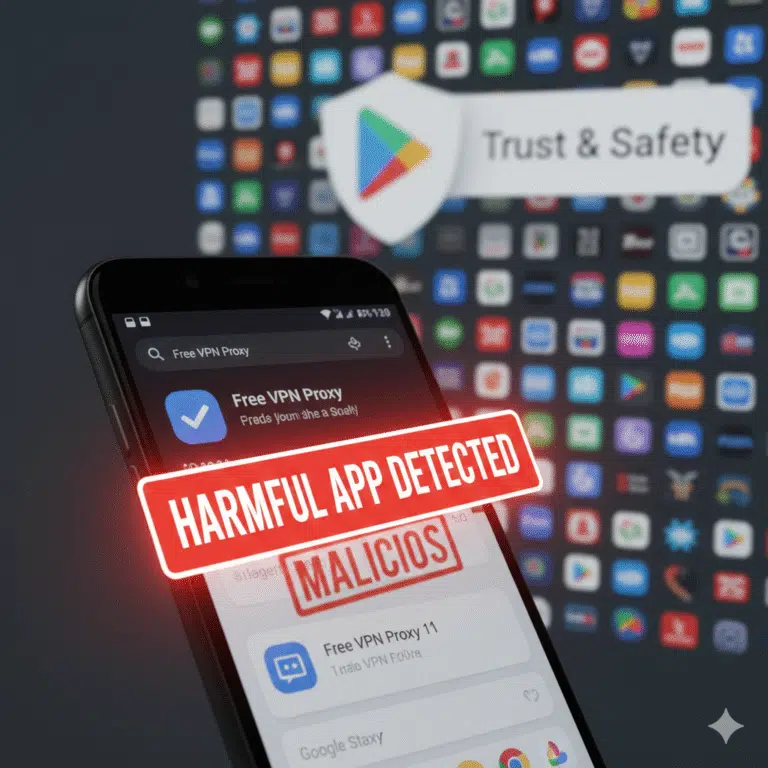Proton — the Switzerland-based company behind Proton Mail, Proton VPN and other privacy tools — has completed its first SOC 2 Type II attestation, a rigorous third-party audit that verifies both the design and ongoing effectiveness of an organization’s security controls. For businesses evaluating Proton as a vendor and for privacy-conscious users, this attestation adds an operational, independently verified layer of trust on top of Proton’s technical security measures.
What SOC 2 Type II actually means
SOC 2 Type II is an industry-recognized standard focused on operational controls and how consistently they are applied over time. Unlike Type I (which evaluates controls at a single point in time), Type II includes an assessment of whether controls are followed and effective across a multi-month period — covering areas such as access management, incident response, change management, and monitoring. Proton’s audit was conducted by Schellman, an independent auditing firm, and examined real-world implementation through interviews, technical reviews and documentation checks.
Why this matters for enterprise customers
Many regulated industries (finance, healthcare, legal) treat SOC 2 Type II as a baseline for vendor selection because it demonstrates operational maturity, not just product security. Proton’s SOC 2 Type II attestation therefore helps remove a common procurement hurdle: organizations can now point to an independent attestation that Proton’s controls are both present and consistently applied — a particularly strong signal for teams concerned about vendor risk and compliance.
How this complements Proton’s existing trust signals
This SOC 2 Type II attestation joins Proton’s existing security and transparency portfolio: open-source code, a public bug-bounty program, prior ISO 27001 certification, and frequent third-party audits of specific services (like Proton VPN’s no-logs checks). Together, these measures give customers multiple, independent ways to verify Proton’s claims rather than relying solely on marketing assertions. Proton’s blog frames the audit as “validation that our security isn’t just technical — it’s operational.”
What Proton says (and what experts note)
Proton’s announcement underlines that the company didn’t overhaul its processes just for the audit — it formalized and documented controls already embedded in daily operations. Proton’s Head of Security noted that SOC 2 Type II provides customers and partners with confidence that controls are both implemented and followed. Independent coverage (e.g., Tom’s Guide and TechRadar) points out that the attestation is especially meaningful for organizations that need an auditable vendor security posture.
Practical implications for users and admins
For enterprises: Procurement and security teams can request SOC 2 documentation during vendor reviews; Proton’s attestation reduces friction in risk assessments and enables faster vendor onboarding.
For privacy-minded users: While SOC 2 Type II focuses on operational controls (not privacy policy content), the attestation signals that Proton’s internal practices for securing systems are independently checked — reinforcing (but not replacing) no-logs claims and open-source guarantees.
For auditors & partners: Schellman’s involvement and Proton’s transparency about the audit process make it easier for third parties to verify vendor claims during due diligence.
Comparison: How Proton stacks up vs. industry peers
A growing number of privacy-centric companies pursue SOC 2 and ISO standards to reassure enterprise clients. Proton’s combination of open source, ISO 27001 and now SOC 2 Type II places it alongside other security-minded vendors that balance technical transparency with operational rigor. That said, SOC 2 is not a privacy certification per se — it’s one piece of the broader trust puzzle that includes legal jurisdiction (Proton is Swiss), auditability, and independent code review.
Limitations & what SOC 2 doesn’t cover
It’s important to be clear about what SOC 2 Type II does not do: it doesn’t guarantee absolute immunity from breaches, nor does it replace privacy-specific audits or legal protections. SOC 2 evaluates controls and their operation; it does not certify product code or declare a provider “fully secure.” Organizations should still combine attestation review with threat modeling, penetration testing results, and legal-jurisdiction considerations when making procurement decisions.
Conclusion
Proton’s SOC 2 Type II attestation is a meaningful milestone that strengthens its position as a privacy-focused vendor capable of meeting enterprise security expectations. By validating operational controls over time, the audit helps businesses trust Proton for regulated workflows and gives users additional assurance that Proton’s security practices are independently evaluated. For teams choosing secure communications and VPN providers, SOC 2 Type II doesn’t replace technical scrutiny — but it does make Proton a considerably easier vendor to evaluate and trust.



